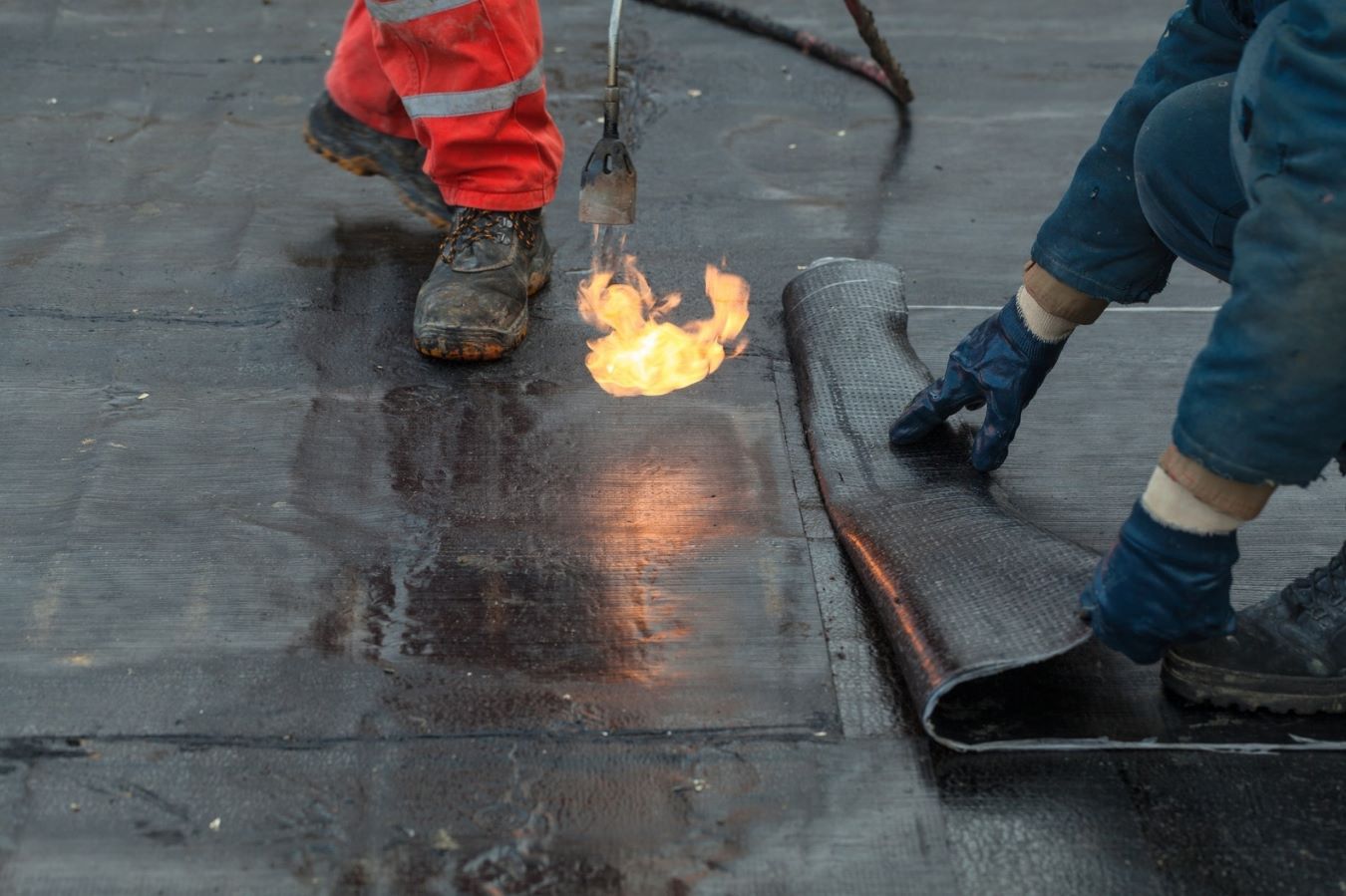Waterproofing membranes are the unsung heroes of modern construction, silently safeguarding structures against the relentless onslaught of moisture. In an age where water intrusion poses a significant threat to buildings, understanding the intricacies of waterproofing membranes, their diverse types, and wide-ranging applications is paramount. Let's delve into the details, unraveling their significance in preserving the integrity and longevity of construction projects.
Understanding Waterproofing Membranes
Waterproofing membranes are thin layers of material designed to prevent the passage of water through surfaces, effectively sealing them against moisture intrusion. These membranes act as a protective barrier, shielding structures from water damage, mold, and deterioration caused by prolonged exposure to moisture.
Types of Waterproofing Membranes:
- Bituminous Membranes: Composed of bitumen—a sticky, viscous substance derived from crude oil—bituminous membranes offer excellent waterproofing properties. These membranes can be torch-applied, self-adhesive, or hot-applied, providing versatility in application.
- Polyurethane Membranes: Known for their elasticity and durability, polyurethane membranes form a seamless, flexible barrier that adheres well to various substrates. These membranes are ideal for areas prone to movement or structural shifts.
- EPDM Membranes: Ethylene Propylene Diene Monomer (EPDM) membranes boast exceptional weather resistance and UV stability, making them suitable for both above and below-ground applications. EPDM membranes are widely used in roofing and foundation waterproofing.
- PVC Membranes: Polyvinyl Chloride (PVC) membranes offer excellent chemical resistance and dimensional stability, making them suitable for waterproofing roofs, decks, and basements. PVC membranes are available in reinforced and unreinforced variants, offering options for different project requirements.
- Cementitious Membranes: Composed of cement, polymers, and other additives, cementitious membranes form a durable, waterproof barrier when applied as a slurry or liquid coating. These membranes are ideal for concrete surfaces and can withstand hydrostatic pressure.
Applications of Waterproofing Membranes:
- Roof Waterproofing: Protecting roofs from water damage is paramount in maintaining the structural integrity of buildings. Waterproofing membranes are commonly used in flat roofs, green roofs, and terrace gardens to prevent leaks and seepage.
- Basement Waterproofing: Basements are particularly vulnerable to water intrusion due to their below-ground location. Waterproofing membranes create a barrier against groundwater, ensuring a dry and habitable environment.
- Foundation Waterproofing: The foundation serves as the backbone of any structure, requiring robust protection against moisture ingress. Waterproofing membranes safeguard foundations from soil moisture and hydrostatic pressure, mitigating the risk of cracks and structural damage.
- Bathroom and Wet Area Waterproofing: Areas prone to constant moisture exposure, such as bathrooms, kitchens, and swimming pools, necessitate effective waterproofing solutions. Membranes applied to walls, floors, and shower areas prevent water penetration and mold growth.
- Bridge and Infrastructure Waterproofing: Infrastructure projects, including bridges, tunnels, and underground structures, rely on waterproofing membranes to enhance durability and prolong service life. These membranes protect concrete and steel elements from corrosion and deterioration.
Benefits of Waterproofing:
- Prevent Water Damage: By forming a seamless barrier against moisture, waterproofing prevent water-related damage to structures, including rot, mold, and corrosion.
- Extend Service Life: Properly waterproofed surfaces are less susceptible to deterioration, resulting in increased longevity and reduced maintenance costs.
- Enhance Indoor Comfort: Waterproofing create a dry, comfortable indoor environment by preventing water infiltration and humidity buildup.
- Protect Structural Integrity: Water intrusion can compromise the structural integrity of buildings over time. Waterproofing reinforces structural stability by safeguarding against moisture-induced damage.
In conclusion, waterproofing membranes play a pivotal role in safeguarding structures against the pervasive threat of water intrusion. From roofs and basements to bridges and infrastructure, these versatile membranes offer unparalleled protection, enhancing durability, and prolonging the life of construction projects. Embracing the diverse types and applications of waterproofing is essential for ensuring the resilience and longevity of modern built environments. If you are looking for a reliable waterproofing company in Dubai, look no further. FixPro is one of the best maintenance company in Dubai that delivers optimum results with professionalism. Call Us +971 58 5861144



